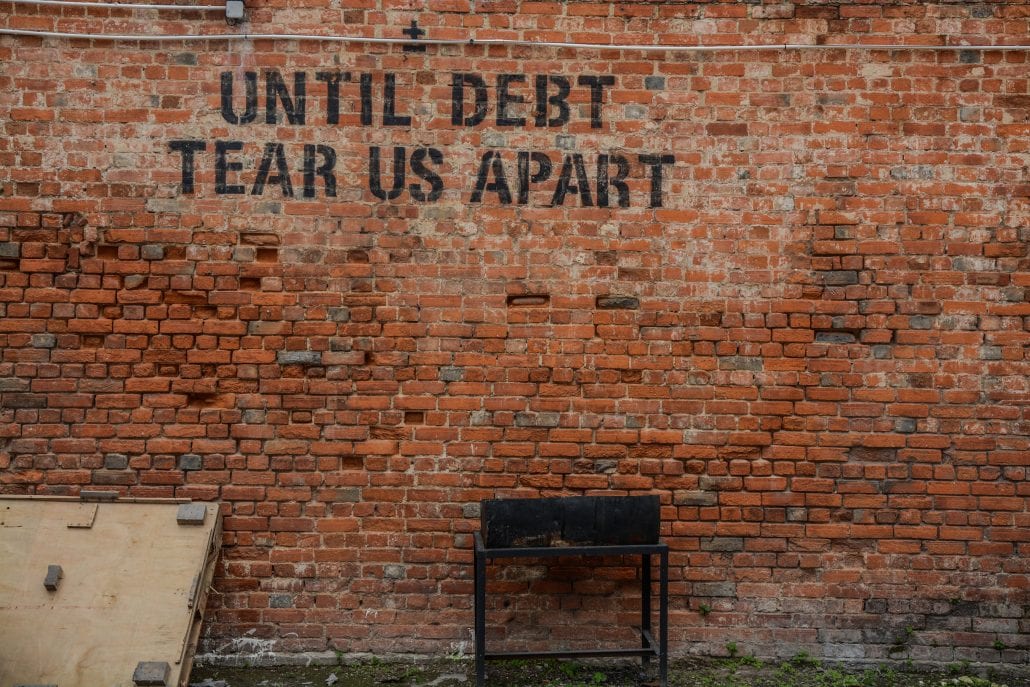How to Spend Money on Clothes

Photo: Alice Pasqual
How much do you spend on clothes? More to the point, how do you spend money on clothes? Our wardrobes, over time, are one of the bigger investments we’ll make; yet also one of the least profitable and more troublesome to manage. Fast fashion and a flooded market have led shoppers to expect more for less, thus perpetuating an endless of cycle of buying and replenishing. Somewhere in every one of our closets is a garment (or several) that simply isn’t worth the acquisition price, regardless of what it says on the tag. Want to beat the market and avoid negative wardrobe equity? Then you have to know how and on what to spend your money. Prepare to open those closets to some insider trading.
Create a tailor-made portfolio: The key to establishing a well-balanced clothing portfolio is by aligning your financial situation with your personal goals. Spending any more than 5 percent of one’s monthly income on clothing poses a definite risk to one’s capital. Likewise, investing in clothing that doesn’t suit your current needs is an equal waste. The easiest way to determine proper asset allocation? If it doesn’t reflect your current or projected needs, it’s just not worth it. That’s the bottom line.
Invest in high yield pieces: Want to get the most bang for your hard-earned buck? Then split the difference between pieces that provide both short- and long-term yields. A mother of two may get more wear from jeans she wears daily but will get an equally great return from a classic wool coat and leather handbag that are worn less frequently but add to the overall strength of her investment portfolio.
Spread the risk: Diversification is key to a well-maintained portfolio so shop around. Look at dividing your spend among different asset classes – designer, mid-range, trend-led and less expensive pieces. Spend the least on trends but do invest in quality cuts and fabrics (the best your money can buy) that’ll go the distance.
Our wardrobes, over time, are one of the bigger investments we’ll make; yet also one of the least profitable and more troublesome to manage.
Be mindful of the overall portfolio: Consider the Aristotelian proverb ‘the whole is greater than the sum of its parts.’ In other words, don’t get tempted by an individual item unless it can add to and improve the functionality of your closet as a whole. You will simply wind up paying more money in the long run to buy pieces which justify its presence.
Look for a return on investment: Worried about parting with too much cash? Think of the future performance of what you buy. Although designer pieces don’t always warrant the inflated price tag, some do have a competitive return on investment. Luxury labels like Chanel, Prada and Hermès keep a consistent resale value over time, as opposed to of-the-moment brands whose value is more dependent on market fluctuations (what’s hot, what’s not). What does this mean for you? Items that retain their value make bona fide assets and will fetch a decent resale price at auction or consignment stores.


